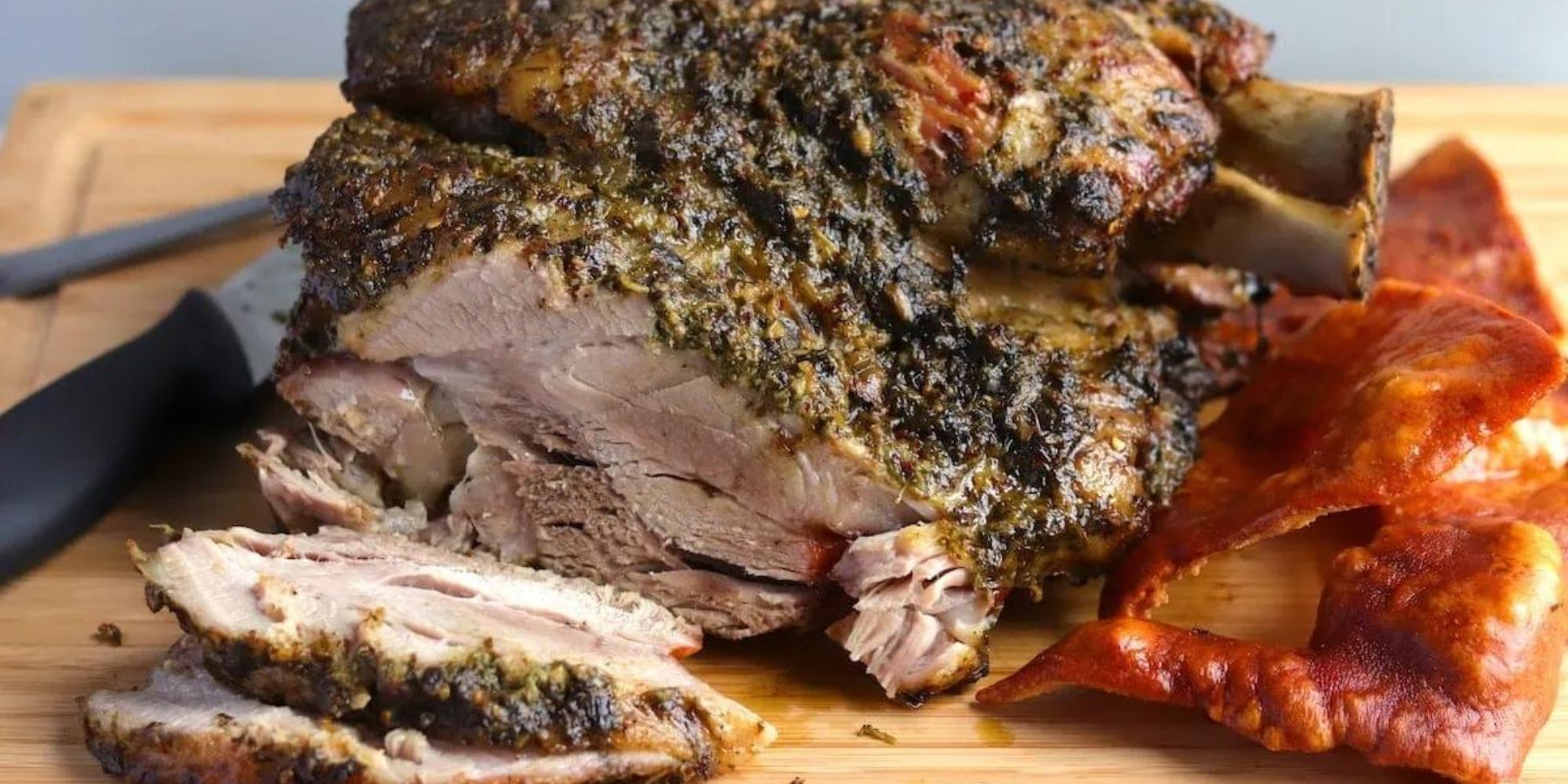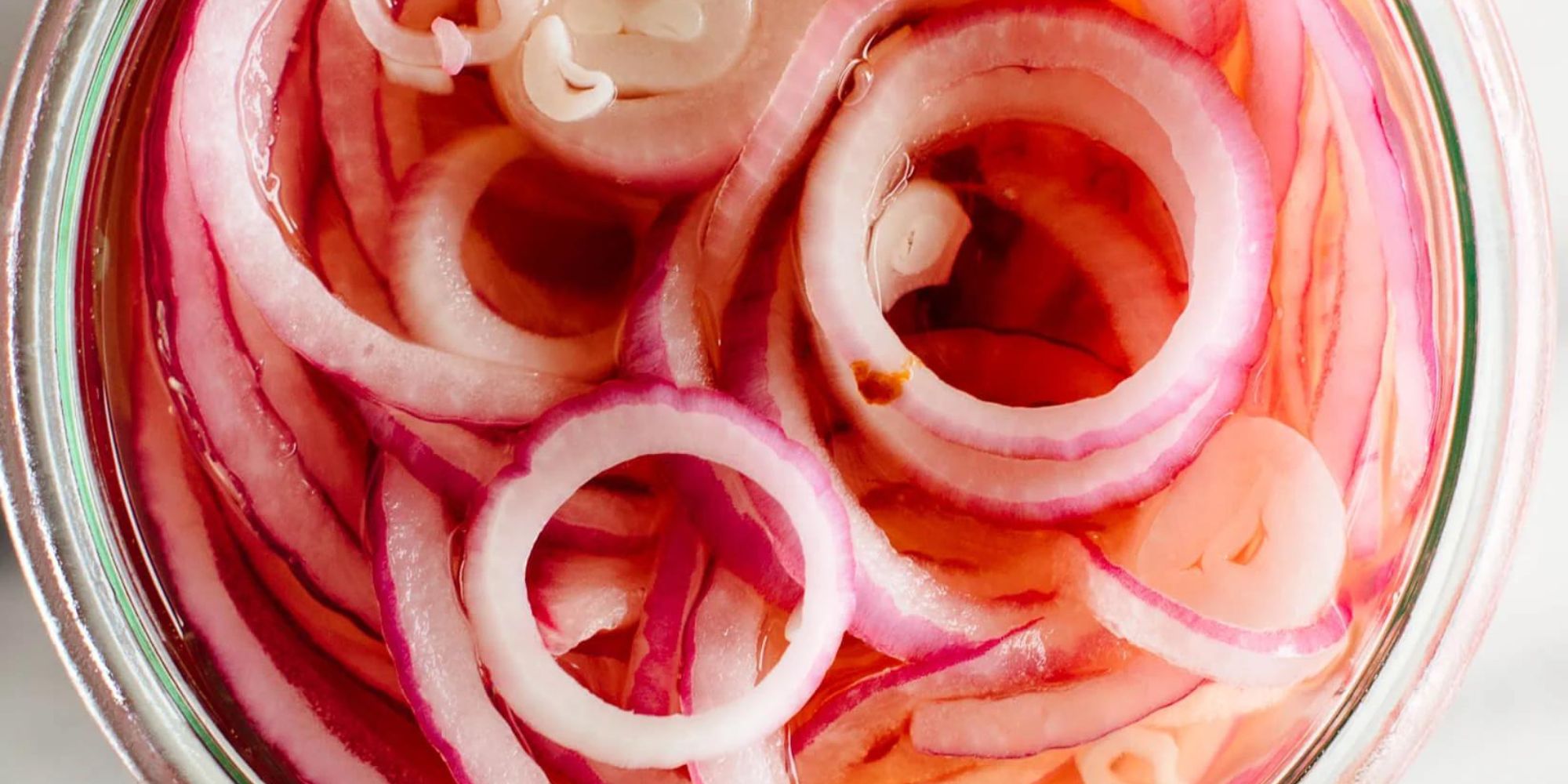Brining Pork: The Secret to Juicy and Flavorful Meat
Brining is a simple yet effective technique that can take your pork dishes to the next level. Whether you’re grilling, roasting, or smoking pork, brining can help ensure that the meat stays moist and flavorful throughout the cooking process. In this guide, we’ll walk you through the basics of brining pork and share some tips for getting the best results.
What is Brining?
Brining is a process that involves soaking meat in a solution of salt, sugar, and water. This helps the meat retain moisture during cooking, resulting in a juicier and more flavorful end product. The salt in the brine also helps to season the meat from the inside out, leading to a more evenly seasoned dish.
How to Brine Pork
Brining pork is a straightforward process that requires just a few simple ingredients and some advance planning. Here’s a basic recipe for brining pork:
- Ingredients:
- 1 gallon of water
- 1 cup of kosher salt
- 1/2 cup of sugar
- Herbs and spices of your choice (optional)
- Instructions:
- In a large pot, combine the water, salt, and sugar. Stir until the salt and sugar are completely dissolved.
- Add any herbs or spices you’d like to use to flavor the brine.
- Place the pork in a large resealable plastic bag or a non-reactive container.
- Pour the brine over the pork, making sure it is completely submerged.
- Seal the bag or cover the container and refrigerate for the recommended brining time.
Brining Tips
Here are a few tips to keep in mind when brining pork:
- Brining Time: The length of time you should brine pork will depend on the size and cut of the meat. As a general rule, smaller cuts like pork chops may only need a few hours, while larger cuts like a pork shoulder may benefit from an overnight brine.
- Flavor Variations: Feel free to experiment with different herbs, spices, and aromatics in your brine to customize the flavor of the pork. Some popular additions include garlic, peppercorns, bay leaves, and citrus zest.
- Rinsing: After brining, be sure to rinse the pork thoroughly under cold water to remove any excess salt from the surface.
- Pat Dry: Before cooking the pork, pat it dry with paper towels to ensure a nice sear and prevent excess moisture during cooking.
Brining and Cooking
Once you’ve brined your pork, you can proceed with your chosen cooking method. Whether you’re grilling, roasting, or smoking the meat, you’ll likely notice a difference in the juiciness and flavor of the final dish. Just remember to adjust the seasoning in your recipe to account for the saltiness the brine adds to the pork.
So, the next time you’re preparing pork, consider giving brining a try. With just a little extra effort, you can elevate your dishes and impress your family and friends with tender, succulent pork that’s bursting with flavor.
Happy brining!
Was this page helpful?
Read Next: How To Brine A Cornish Hen











